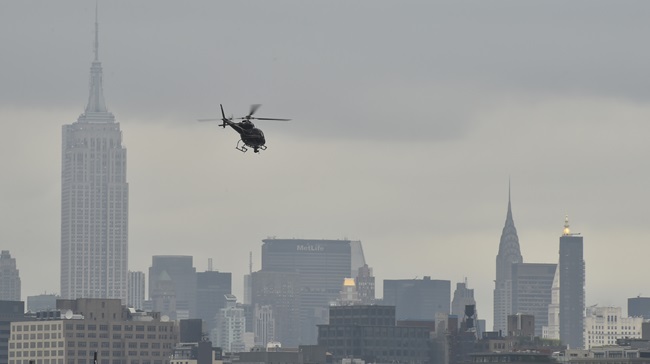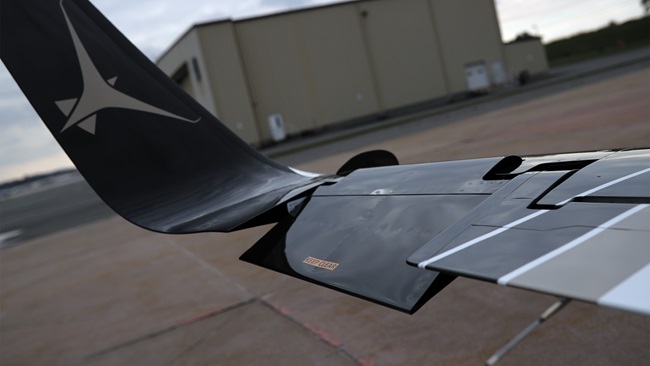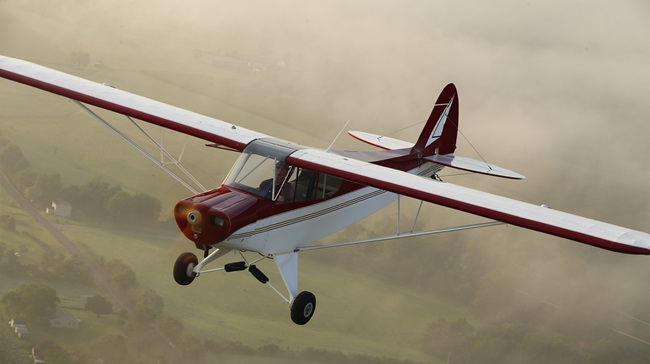FAA issues AD for Lycoming engine bushings
The FAA has issued a direct final rule airworthiness directive (AD) requiring inspection of some Lycoming engines to identify and replace connecting rods with non-conforming small end bushings that could fail and cause the engine to lose power.
The AD, which takes effect Aug. 15, requires owners of aircraft with affected engines to conduct the inspection within 10 operating hours, as provided in a mandatory service bulletin published by Lycoming on Aug. 4. The mandatory service bulletin contains a table listing affected engines. It also pertains to all Lycoming reciprocating engines that were overhauled or repaired with listed replacement parts.
“The FAA has found that the risk to the flying public justifies waiving notice and comment prior to adoption of this rule because compliance is required within 10 operating hours,” the FAA said in a Federal Register notice published Aug. 10.
The AD estimates the cost of a prescribed inspection at $1,425. The cost of replacing a connecting rod was estimated at $2,170 on a four-cylinder engine; $6,680 on a six-cylinder engine; and $6,850 on an eight-cylinder engine.
AOPA and other stakeholders held a conference call with the FAA and Lycoming on Aug. 2 to discuss the issue, quantify risk and potential costs, and explore alternative compliance methods for correcting the non-standard bushing problem. The association was disappointed that the recommendations made by the user organizations were not incorporated into the final AD, said David Oord, AOPA senior director of regulatory affairs.
“We continue to have questions,” he said. “In the meantime, if members suspect they have an engine affected by this AD, we encourage them to review it thoroughly and contact AOPA with any questions.”
AOPA will continue to seek to engage with the FAA, the manufacturer, and owner groups on the issue, he said.
The FAA will accept comments on the AD online or by mail to U.S. Department of Transportation, Docket Operations, M-30, West Building Ground Floor, Room W12-140, 1200 New Jersey Avenue SE., Washington, DC 20590. Please include docket number FAA-2017-0788 and Product Identifier 2017-NE-27-AD at the beginning of your comments.




